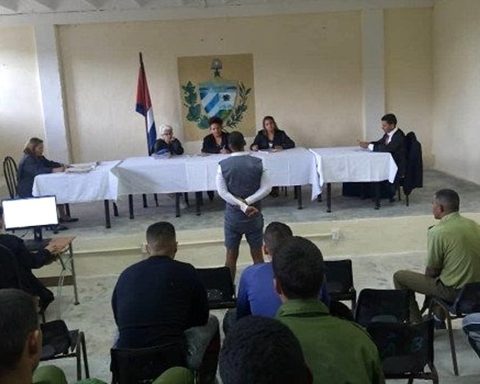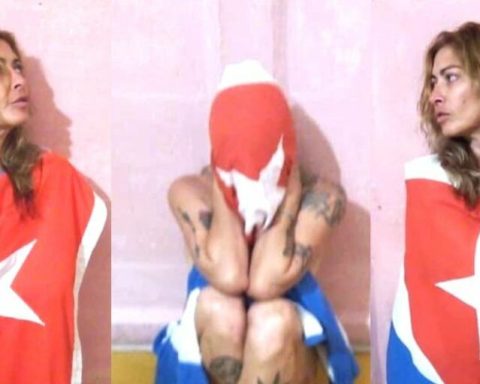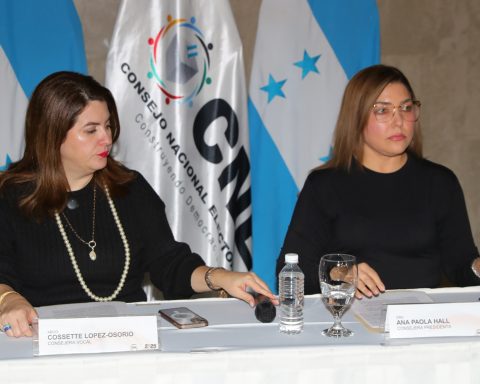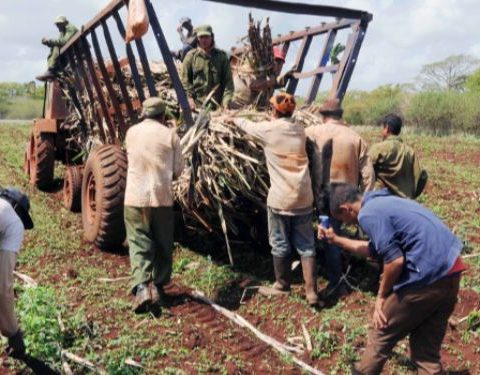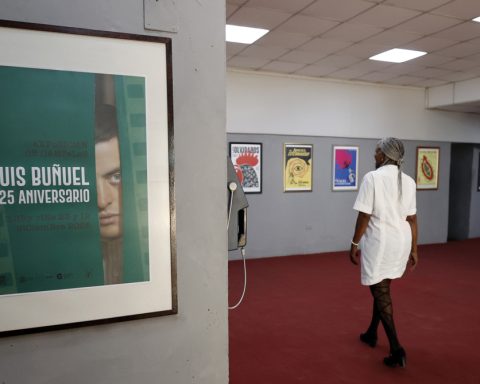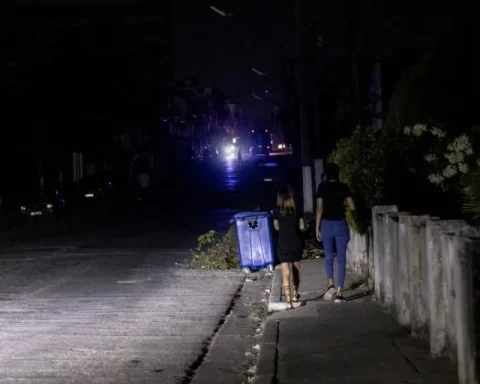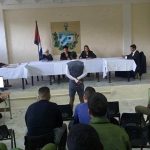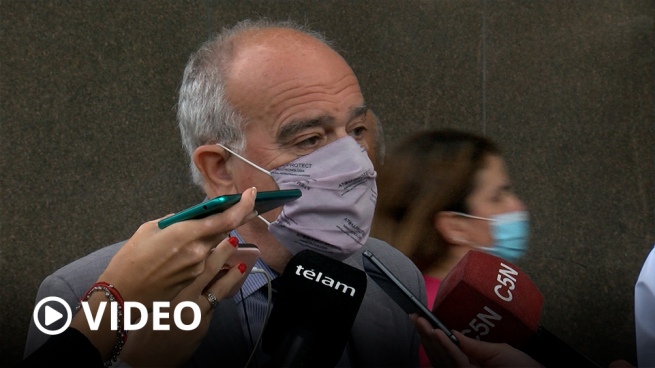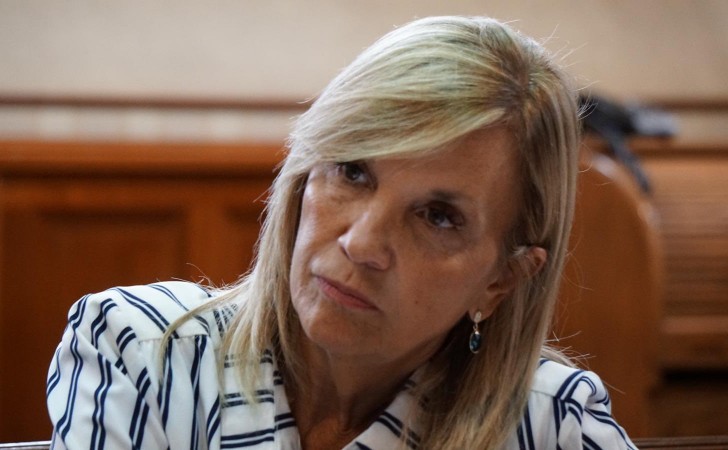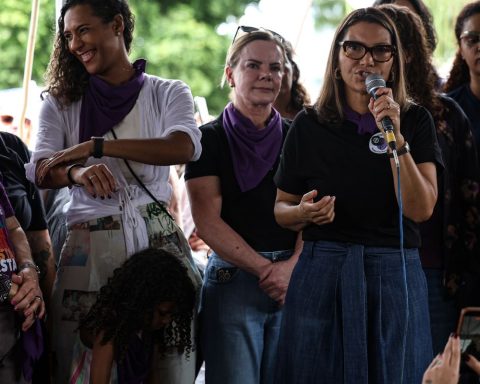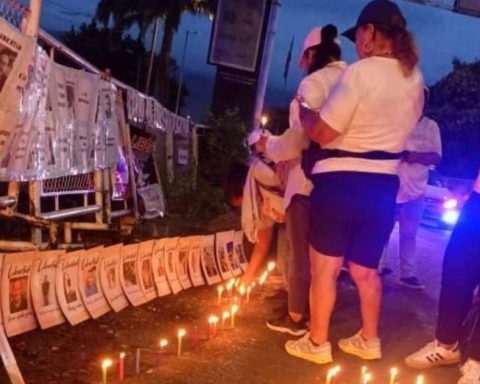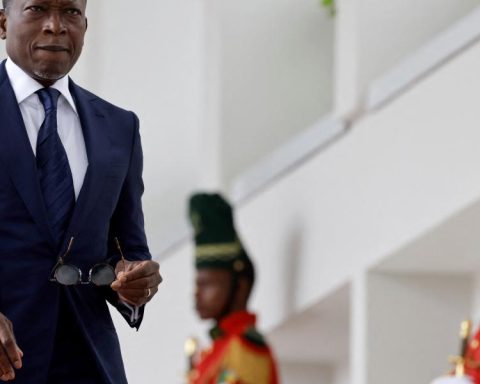The evaluation was presented jointly by the permanent delegates of Costa Rica, Sonia Marta Mora, and Panama, Elia del Carmen Guerra before the director of the World Heritage Center of the United Nations Organization for Education, Science and Culture. (Unesco), Lazare Eloundou Assomo.
The Costa Rican Foreign Ministry indicated that in this way, the two countries comply with Decision 44 COM 7B.197, approved by the World Heritage Committee in 2021.
The study analyzed the main challenges presented by the comprehensive management of the site in Costa Rican territory and its direct area of influence, he said.
Likewise, he continued, he proposes guidelines and recommendations to reinforce it, based on a sustainable vision of the future, established jointly by the main actors in the area and the specialized technical personnel of the National System of Conservation Areas (Sinac).
He pointed out that they also carried out a harmonization exercise of the results of this study with those of the one carried out in the Panamanian sector, to present to the UNESCO World Heritage Center an integrated Strategic Environmental Assessment for the whole of this important World Heritage Site.
The Foreign Ministry noted that Eloundou Assomo expressed his satisfaction with the close relationship and coordination between the two countries.
On his side, he stressed, Mora and Guerra took the opportunity to highlight the Joint Declaration of the presidents of Costa Rica, Ecuador, Panama and Colombia at the recent World Summit on Climate Change (COP 26) held in Glasgow, Scotland.
In that text, the presidents expressed their commitment to the conservation and proper management of the ecosystems included in the Marine Corridor of the Eastern Tropical Pacific Migravía Cocos-Galapagos-Malpelo-Coiba, detailed the information source.
ode/ale
